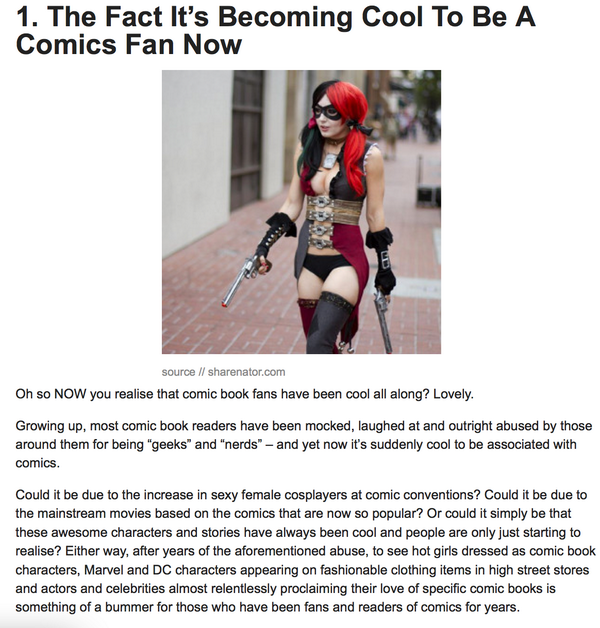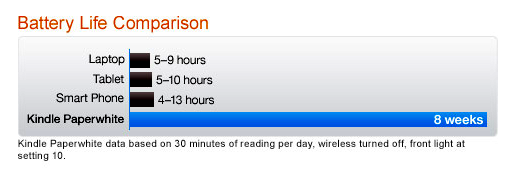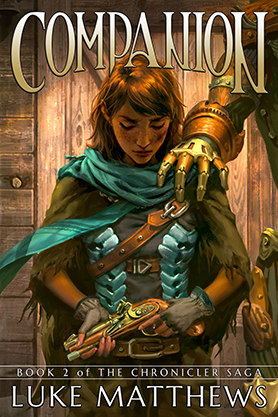For the last few months, I’ve been in the midst of a dilemma.
I’m a huge comic book fan. I read a ton of books – almost all of which come from Image right now. I have a list of subscriptions at my local comic shop, and about every six months or so, I’ll pick up a hardcover trade collecting the very issues I subscribe to. With the number of books I read and like, I’m usually picking up a couple of trades every month, and that’s not including back-catalog stuff that comes out in a format I like.
It’s getting expensive. Pretty much everything I read now has a $3.99 cover price. And now, with the July solicits from Marvel, a number of their books are pushing upward to a $4.99 cover price. If this price increase takes hold on a wide scale, it will officially price me out of buying single comic issues.
My dilemma, though, is trying to figure out whether that’s actually a problem or not.
Over the last several years of hosting the Trade Secrets Podcast, my on- and off-air conversations with my cohorts on the show have taught me a lot about myself as a comic consumer. One of the biggest revelations is that I don’t really enjoy consuming comics in serial form. If it were up to me, monthly comics wouldn’t exist, and everything would be a 12-issue hardcover collection.
But see, the business model of the comic book industry makes that untenable. Like ratings for a TV show, a comic book’s success or failure is solely determined by monthly sales. If a book doesn’t sell enough copies, it gets canned, which means that it’s even less likely that the hardcover trades I love so much will even get produced. And, even worse, a canceled book never gets to finish telling the story that it set out to tell.
The entire industry, from publisher to distributor to local comic shop, is based around these monthly sales. I can get a discount at my LCS as long as I maintain a certain number of monthly subscriptions, which helps me when I want to buy trades. A 20% discount on trades keeps my comic shop competitive with Amazon, on most accounts, and when all things break equal I’d rather support my shop.
The issue (ha ha) is that I don’t want to get singles anymore. My problem with floppies is three-fold: 1) they’re fucking expensive – I currently spend about $60 a month on single issues, and that total has been as high as $150+, 2) I’m effectively getting double-dipped by buying single issues and then invariably buying a hardcover collection, and 3) it’s just not the way I like to consume the stories anymore.
Why is it a problem? Because the entire industry and comic community is built around making me feel guilty for not buying individual issues. I’m inundated with tales of how my favorite book will get canceled if I don’t buy it monthly, and how my comic shop relies on those monthly sales and orders to stay afloat. I’ve seen fans and creators alike use the term “trade-waiter” as a pejorative.
Not only this, but the business model at the LCS level doesn’t support – from a financial perspective – my desire to read books in trade form. If I were to cancel my subscription box, I’d lose most (maybe all?) of my discount on other items – namely trades. I can’t set up a subscription box solely for trades (holy hell that would be fucking fantastic). So, by not subscribing to the floppies, my comic shop is basically driving me to buy my trades on Amazon or CheapGraphicNovels, where I can get a 30%-50% discount.
That’s nothing to sneeze at. The average hardcover – my preferred format – costs me between $30 and $50. Getting $8-$10 off of a $30 trade when I’m buying 2 or 3 a month rounds out to a huge cost savings for me in the long run. And, if I’m not getting double-dipped anymore by being forced to buy floppies, I end up saving myself – quite literally – over $1,000 a year.
But that’s not what the industry wants me to do, and even though comic companies make a significantly heftier margin on trades than monthlies, the majority of the community would have me believe that the industry would fall apart if everyone wanted to consume comics the way I do. Hence the guilt-trip.
On the one hand, I absolutely love my comic shop. I love buying things from them, I adore the people who work there, and I really enjoy the time I spend there. On the other hand, it’s becoming increasingly difficult for me to afford the associated cost of maintaining the industry status-quo. I’m broke, and single issues are just too damned expensive for me now.
And I think I’ve reached a breaking point. All the guilt is making me tired, and I’ve realized that I don’t like feeling this way. When I think about all the parts of being a comic fan – from reading and talking about comics to attending conventions to spending time at my comic shop – I’ve come to the conclusion that the only part that’s massively important to me are the stories. I want to read comics, and I want to read them my way – which, for me, means shifting to trade-only consumption.
I’m not sure when I’ll pull the trigger on changing my buying habits. I’ve been babbling about it for months, but there are still several books that I’m sort of “in the middle of” when it comes to individual issues, and I don’t want to give up on them yet. But soon, it’ll be time to give up on floppies, and leave that side of the industry to other fans.







